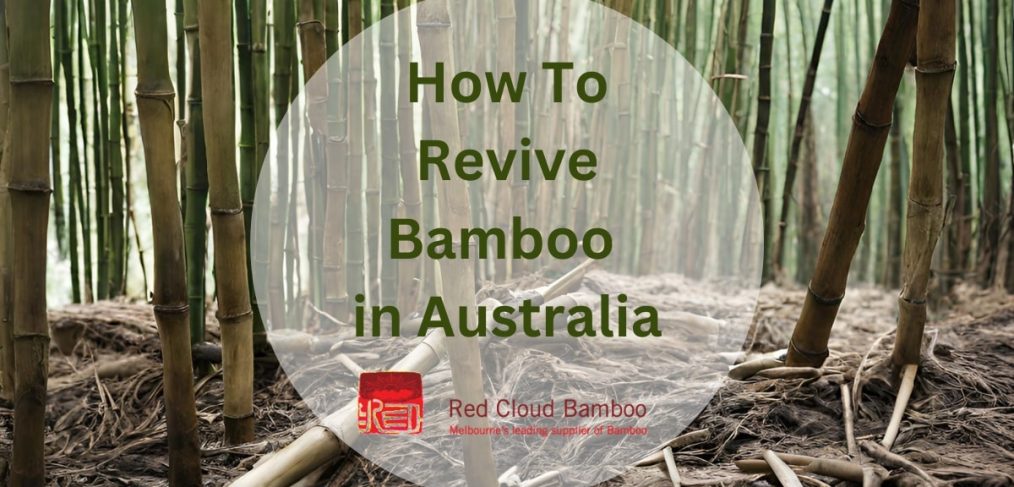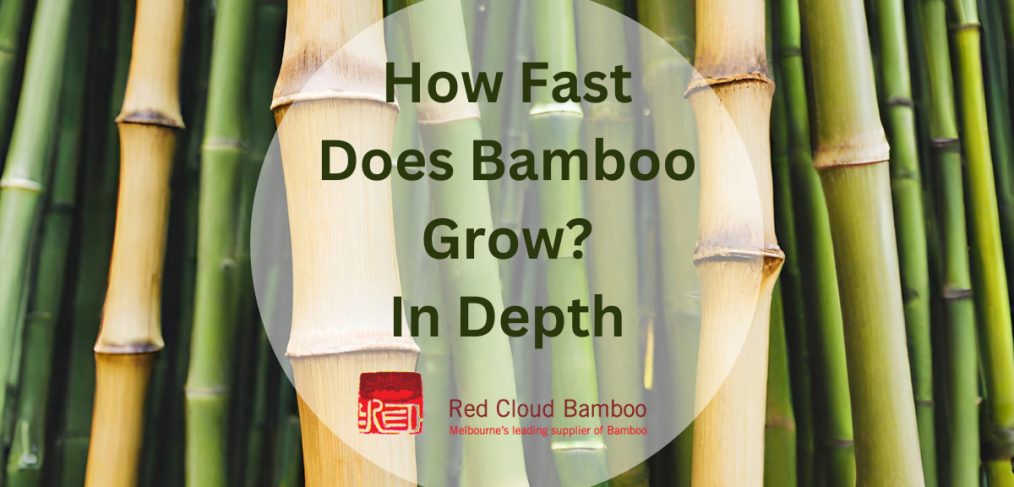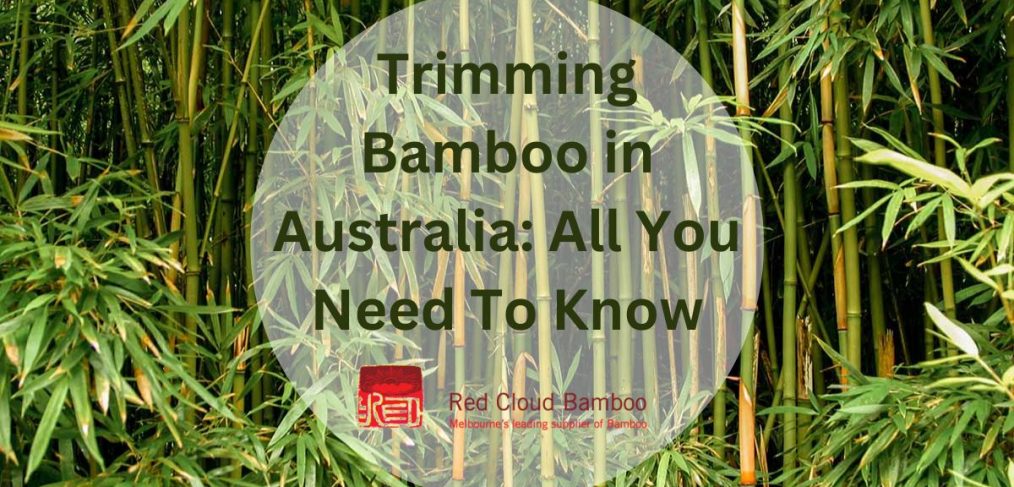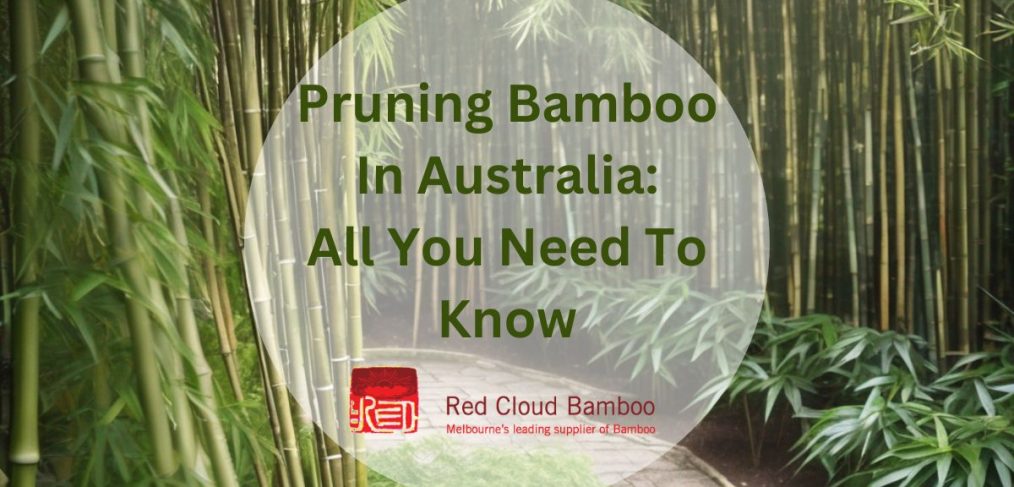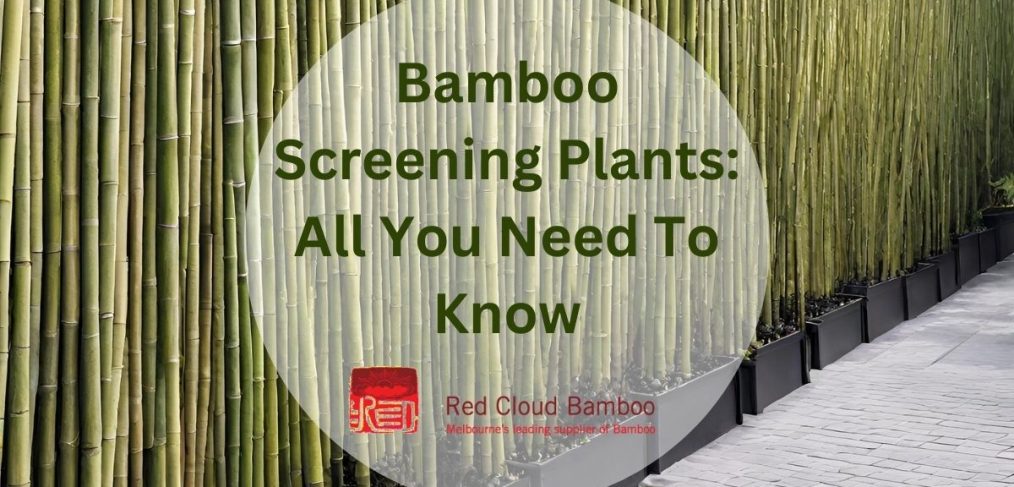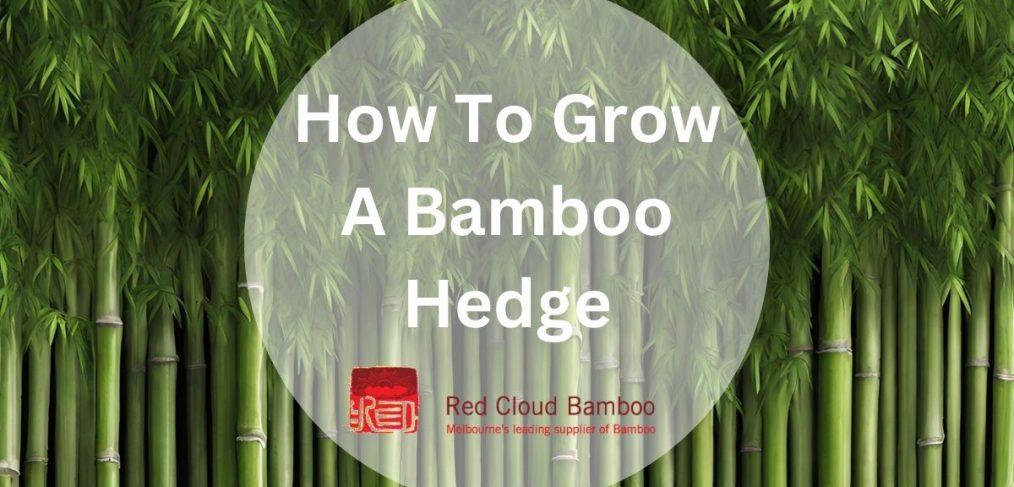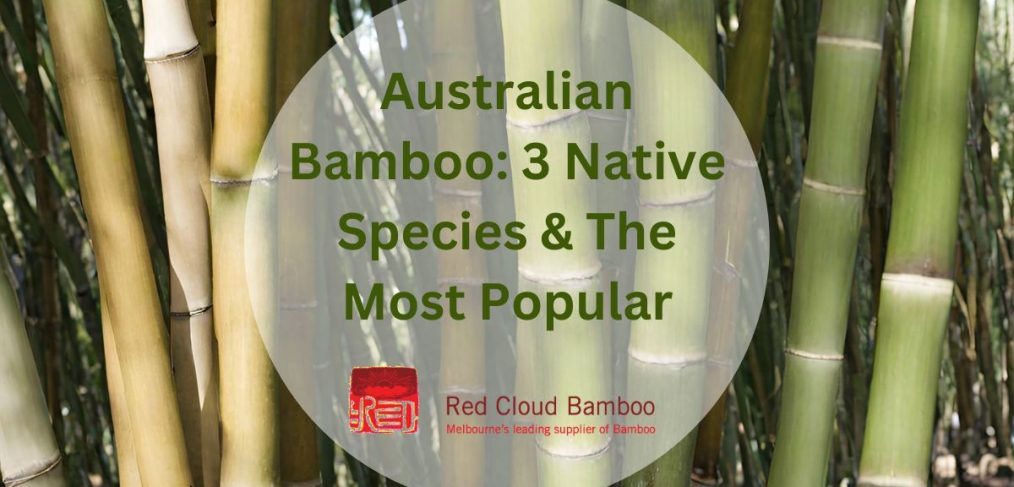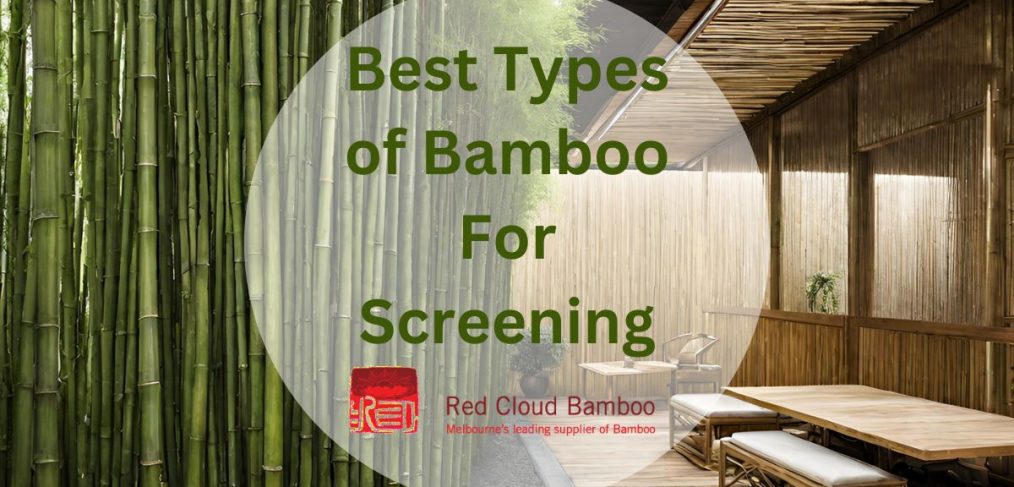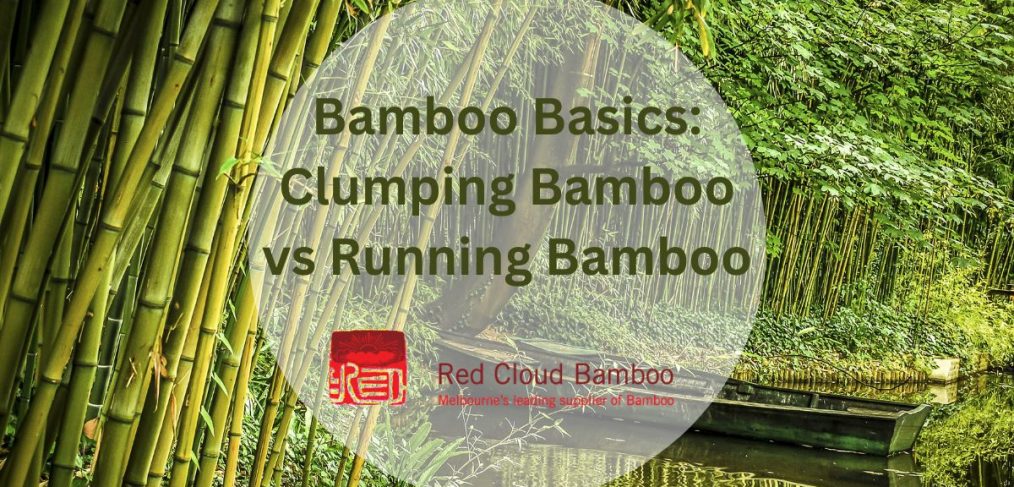Bamboo is becoming increasingly popular in home and garden landscapes across Australia. Its fast growth and versatile applications make it an attractive option for fencing, landscaping and indoor decor. However, before buying bamboo it’s important to avoid some common mistakes. As a leading bamboo supplier based in Melbourne, Red Cloud Bamboo wants to help future customers choose the right variety suited to their needs and location. This article will outline three critical mistakes to watch out for.
1- Matching Bamboo Varieties with Local Climatic Conditions
One of the most important things to consider when you buy bamboo is whether your yard’s climate matches the plant’s natural growing conditions.
Bamboo grows best when the temperature and moisture are just right. Most kinds of bamboo prefer warm weather, with summer highs between 20-30 degrees Celsius. They also like mild winters that don’t drop below freezing. Some hardier bamboo can withstand short bursts down to -10 degrees.
Tropical bamboo needs constant warmth year-round, with temperatures between 15-30 degrees year-round. Full sun is fine for many types, while others do better with partial shade. Good drainage is a must to prevent root rot. But bamboo also needs regular watering, especially in hot or windy spots where the soil dries out fast.
By understanding a bamboo’s ideal climate, you can choose varieties that will thrive in your yard long-term without any struggling. We’re here to help match your yard’s conditions to the perfect performing bamboo for your landscape. With the right choice, you’ll enjoy your beautiful bamboo garden for many years to come.
2- Underestimating Bamboo’s Ability to Spread
Another common mistake made involves misjudging just how quickly and widely some bamboo can spread. While many see bamboo as an attractive, privacy-providing garden plant, some varieties are notably aggressive spreaders. Within only a few growing seasons, they may colonise far beyond intended spaces.
This makes certain running and rhizome-spreading bamboo less suited for domestic landscapes with limited space. Clumping varieties, on the other hand, send up canes in tight clusters from an anchored root system. These send out less underground runners and pose less risk of becoming unwieldy weeds.
Containing bamboo also needs considering if planting where plant movement may impact neighbours or infrastructure like fences and drains. Container cultivation or above-ground planters provide nice design options for keeping errant spread under control, especially with invasive spreaders.
When buying bamboo, it pays to learn its natural growth habits and choose clumping or contained styles respectful of property lines. You can check our guide on how to grow bamboo in pots.
3- Don’t Buy Bamboo Seeds
While seeds present challenges, we understand some gardeners may still wish to try propagating bamboo themselves. Rather than wasting precious time and resources on a game of chance with seeds, it’s far better to purchase established nursery plants if you want results sooner rather than later.
Bamboo seeds require ultra-specific environmental conditions to break dormancy, sprout and survive – replicating their natural tropical or temperate habitat cues is extremely difficult even for experts. Suppliers like to provide vigorously clumping bamboo or potted culms ready to start growing within your first season of planting.
So if homeowners don’t want to buy a potential bushel of Bamboo bother, avoid the risk and rely on proven local nursery sources. For those still interested in hands-on propagation, we provide a free guide on growing bamboo from culm cuttings. Our guide walks through collection, preparation and planting techniques step-by-step to help ensure the highest chances of success for enthusiastic DIY cultivators.
Where Can I Buy Bamboo?
When seeking top-quality bamboo for your landscape project, Red Cloud Bamboo is the local bamboo nursery in Melbourne to trust. For over a decade we’ve helped homeowners across Australia launch thriving bamboo gardens.
Whether for privacy, accent features or naturalised groves, we’ll ensure the right species-size match. Convenient online shopping and expert guidance makes sourcing from Red Cloud Bamboo simple and satisfying.
Contact us today at 0418 552 170 or fill out our form for your personalised bamboo recommendations. Place your order and allow our team of horticulturists to deliver the thriving bamboo garden of your dreams.


